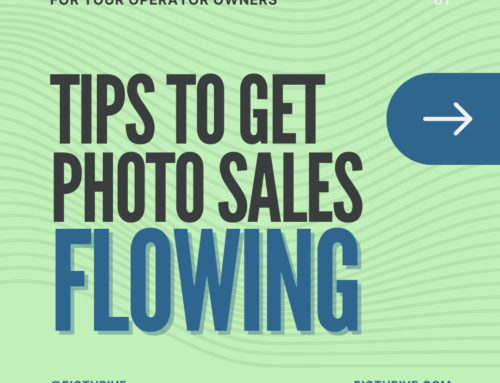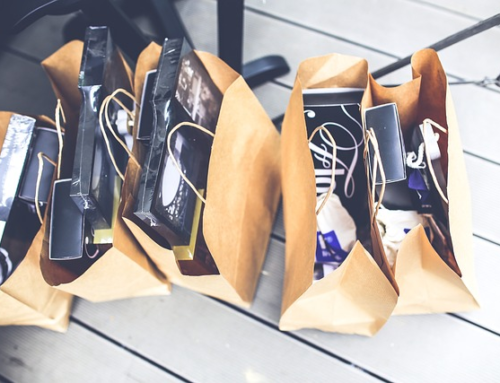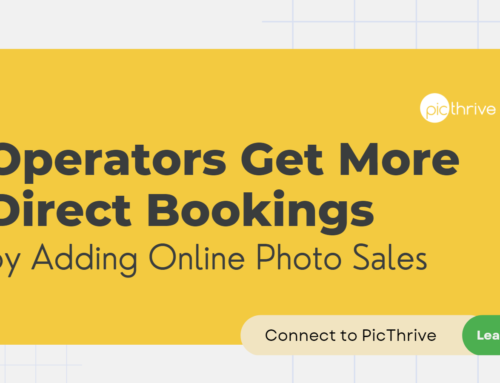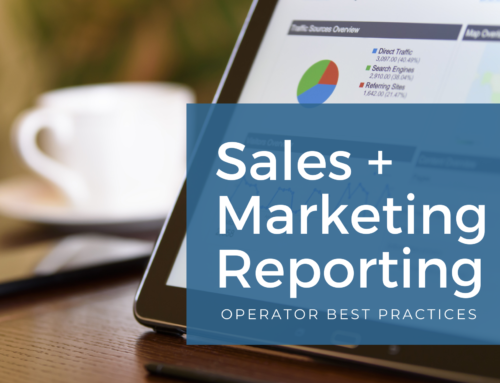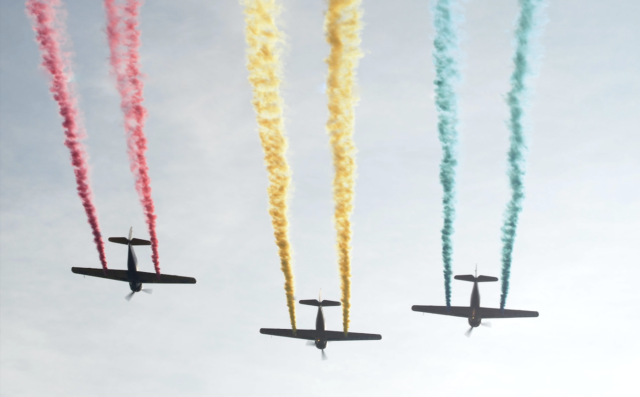
Editor’s note: This is a guest contribution by Andrea Marek. Andrea is the Marketing Manager for TourismTiger – the premier web design agency for tour and activity operators
If your website is the virtual storefront to your tours, it’s essential that the layout is both attractive and efficient in order to maximize conversions. It’s one thing to put in the work to get someone onto your site, it’s another to get them to actually convert into a sale. Web design is not one size fits all. As there are multiple factors contributing to success, we’ll go over some of the key elements to get you going in the right direction. When used correctly, each of these elements will help focus users’ attention and create that additional “nudge” to help land the sale.
Navigation
Navigation is the order that visitors will encounter information. Think of it as though scrolling though the whole site is the story of your company. But it’s not just about the story itself being interesting, it’s also important to make sure that the page is attractive to visitors. Key information should be visible and easily accessible. Consider getting a second opinion when it comes to determining the best order for information. Another key factor is consistency. Don’t have visitors looking for buttons or specific pieces of information. After a few moments on your site it should be intuitive. With a strong navigation, visitors will be at ease going through the site, resulting in a positive overall experience.
Buttons
CTA (call-to-action) buttons are buttons on your home page, landing page, or tour page which prompts the user to do something. “Book now”, “Add to Cart”, and “Sign Up”, are all common examples. Both the textual and visual are essential when it comes to creating an enticing button. The colors of the button should be distinct in color and big enough to stand out from the main or background colors used. When it comes to the text, it should be concise but assertive. Although subtle in theory, “Book Now” is more forward than “Book a Tour”, and also creates a sense of urgency.
Booking buttons don’t have to be stagnant either. Making them “sticky” means that they’ll follow the user as they scroll down the page as a constant reminder. Another useful button is the “Back to Top” button. If you’ve managed to get a guest to scroll down your page, and possibly all the way to the bottom, don’t make them do extra work. By including a “Back to Top” button they’ll instantly be whisked back to the top of the page and presented with your stunning hero image and enticing booking buttons. Don’t underestimate the value of button strategizing when it comes to securing the sale.
Images
Your images are a significant part of the website layout, and are your not-so-secret weapon to selling your tours. It all starts with an impressive hero image. This is the first impression that visitors will have so it needs to be impactful and representative of your brand. Additional images used for different tours or activities should be visually striking in order to get visitors to either book or click to see more. Whether it be landscapes, people enjoying the activities, or sights guests will see, they have to be captivating enough to get people to want more. Moreover, consider featuring a gallery from your social media. Not only will this provide regular new material, but you’ll also be able to showcase photos taken by past customers here. By featuring your best images, visitors will not only be amazed by the stunning sights, they’ll want to take that photo or have that experience themselves!
Text
When it comes to the written content on your site it’s both about what it’s saying and how it’s laid out. The text should be catchy, but it should also be informative and let people know exactly what it is that you do. Headlines, subheadlines, and additional sections should follow a logical order when it comes to font sizes so the content flows visually and so that the key elements stand out. There should also be enough spacing between the titles, paragraphs, and sections in general so that the material has room to breathe. If the pictures are the first impression on a site, then the text is what keeps people interested. Users should be able to easily get all the information they’re looking for, eliminating any doubts, so that they can confidently place their booking.
Putting All the Pieces Together
Figuring out the ideal website layout to best showcase your offerings, as well as convince potential customers to book can feel overwhelming. While the points mentioned will help contribute to an improved web design, why not focus on offering the best tour experience possible, and leave the web designing to the professionals at Tourism Tiger. They specialize in sales-focused web design specifically for tour and activity operators and will take these points and more into account, creating an effective site to help maximize your sales. Whether it be design, content creation, or technical support, in addition to other services such as branding, blog writing, and more, they’ve got you covered!

